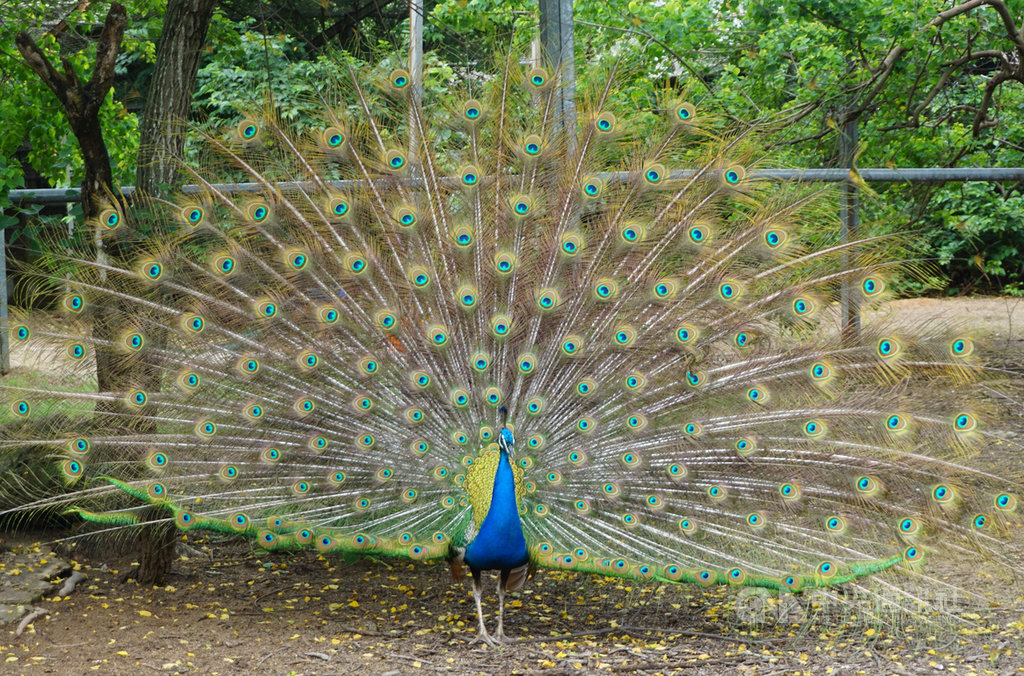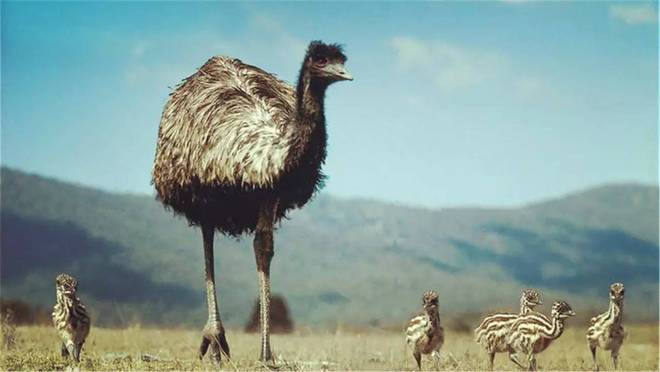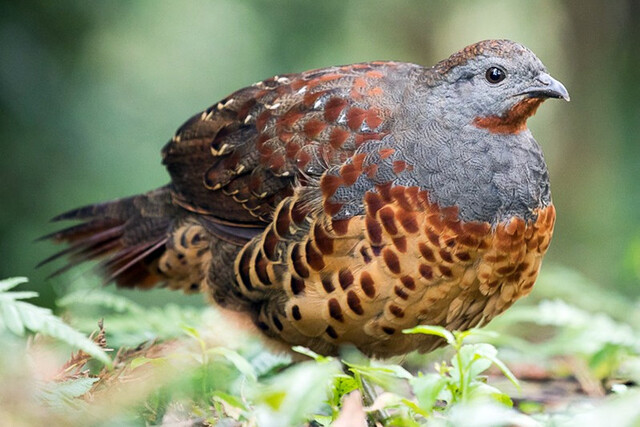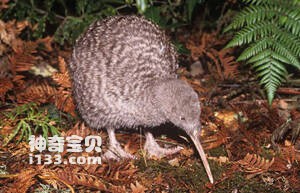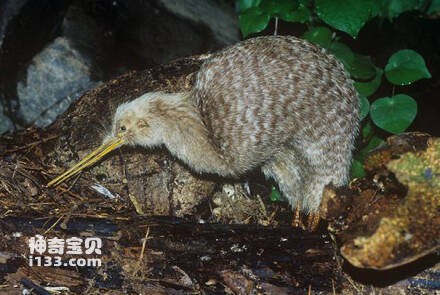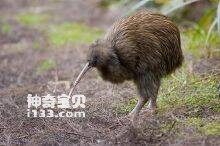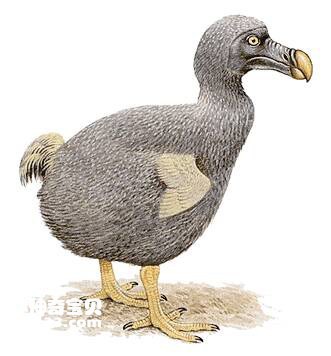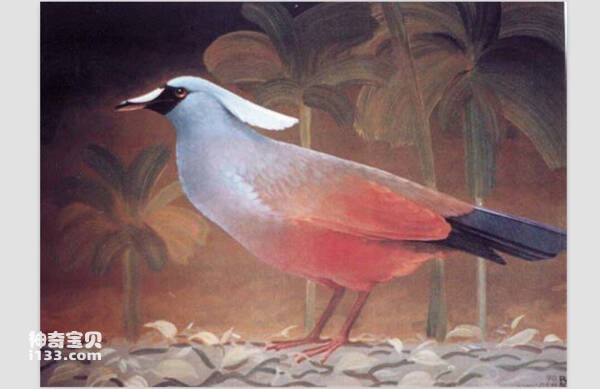Pternistis clappertoni
IUCN
LCBasic Information
Scientific classification
- name:Pternistis clappertoni
- Scientific Name:Pternistis clappertoni,Clapperton's Francolin
- Outline:Landfowl
- Family:Chickeniformes Pheasants Polytridges
Vital signs
- length:32-35cm
- Weight:300-604g
- lifetime:No textual research information is available
Feature
The eye sockets are red, the forehead and crown are black, and there are long white eyebrows
Distribution and Habitat
It is distributed in Cameroon, Central African Republic, Chad, Eritrea, Ethiopia, Mali, Mauritania, Niger, Nigeria, South Sudan, Sudan, Uganda.
It inhabits semi-arid steppes, open steppe woodlands, especially sandy steppes.
Appearance
Partridge rubra is 32-35 cm long; Males weigh 450-604 grams and females weigh 300-530 grams. The orbital bare skin is red. The forehead and crown are black, with long white eyebrows, crown and nape chestnut brown, ear feathers brown, neck black and white, overall brown with black markings; The beak is gray and the claws red. Similar in size and striped appearance to the yellow necked partridge.
Details
The red-orbital colored Partridge (scientific name: Pternistis clappertoni) foreign name Clapperton' s Francolin, there are 6 subspecies.
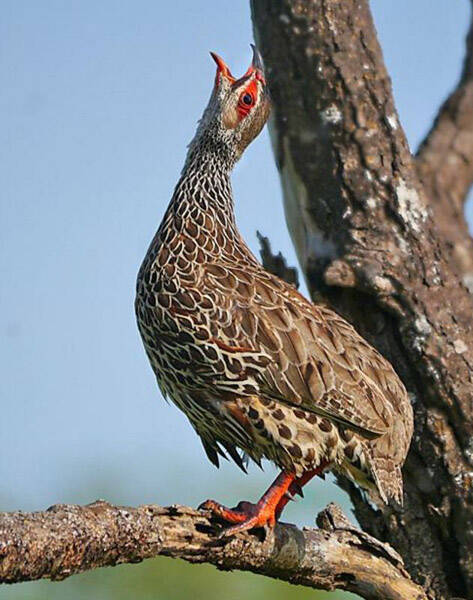
Partridges love to sing, and their vocalizations are highest in the early morning and late afternoon. Usually alone. It feeds on seeds and berries of plants, small mollusks and insects. Often sedentary and generally active in the late afternoon. When in danger, he prefers running to escape danger rather than flying. The breeding season in Mali and Sudan is August-September; Chad from February to July, Nigeria from February to March. It usually rains late in winter or early in dry summer.
Listed on the International Union for Conservation of Nature (IUCN) 2016 Red List of Threatened Species ver 3.1 - Not Threatened (LC).
Protect wild animals and eliminate wild meat.
Maintaining ecological balance is everyone's responsibility!

